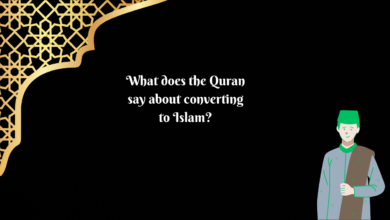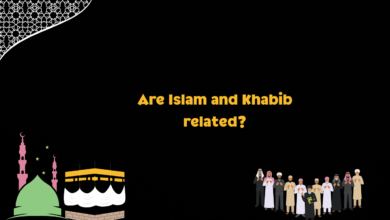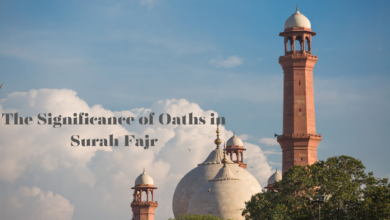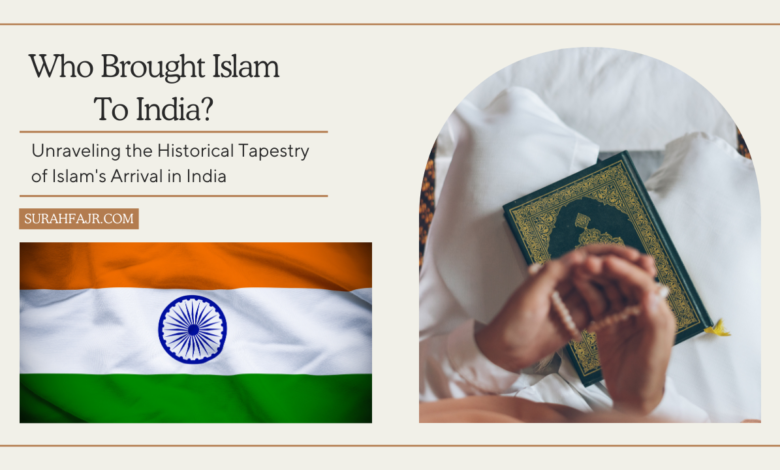
Who Brought Islam To India?
Islam was first introduced to India by Arab traders and merchants, but it began to spread more widely through invasions and conquests led by various Muslim rulers and dynasties.

Introduction
The introduction of Islam to India is a complex and multifaceted historical journey that unfolded over the course of several centuries. It is essential to acknowledge that Islam did not have a single, definitive “bringer” but rather was introduced to the Indian subcontinent through various means and by different individuals and groups. This article will explore the early encounters and the people and forces behind the introduction of Islam to India.
Arab Traders and the First Contacts
The initial interactions between the Indian subcontinent and Islam can be traced back to the 7th century when Arab traders began exploring and establishing trade routes along the Indian Ocean. These traders and sailors came into contact with the coastal regions of the western part of India, notably in present-day Gujarat and Kerala. The exchange of goods and ideas between these Arab traders and the local Indian population contributed to the gradual introduction of Islam.
The Ghaznavids and the Ghurids
The first significant political entities that played a role in introducing Islam to India were the Ghaznavids and the Ghurids. Mahmud of Ghazni, a formidable warrior and ruler of the Ghaznavid Empire, launched a series of raids into the Indian subcontinent in the late 10th and early 11th centuries. These incursions, though often characterized by the looting of temples and plundering of wealth, also facilitated the spread of Islam. Over time, some local inhabitants in areas such as Punjab and Sindh began to convert to Islam under the influence of Ghaznavid rule.
The Ghurids, a Persian dynasty, succeeded the Ghaznavids and further expanded Islamic rule in India. Muhammad of Ghor, the founder of the Ghurid Empire, laid the foundation for the Delhi Sultanate in the late 12th century. This marked a more organized and sustained Muslim presence in India.
Also Check
- Who Brought Islam To India?
- Who is The Founder of Islam?
- Is Trading Haram in Islam?
- Is taking Bribe is Haram in Islam?
- Are movies forbidden in Islam?
The Delhi Sultanate and the Mughals
The Delhi Sultanate, established in 1206, marked a turning point in the history of Islam in India. Rulers of the Delhi Sultanate were of Turkish and Afghan descent and contributed significantly to the spread of Islam. This period saw the construction of magnificent Islamic architecture such as the Qutb Minar and the introduction of Islamic legal and administrative systems.
The arrival of the Mughals in India during the 16th century further cemented the presence of Islam in the subcontinent. Under the Mughal Empire, India witnessed a flourishing of Islamic art, culture, and architecture, with famous monuments like the Taj Mahal as prime examples. The Mughals were instrumental in integrating Persian culture with the Indian subcontinent, leading to a syncretic and diverse blend of traditions.
Sufism and the Influence of Saints
In addition to political and military forces, Sufism, a mystical and spiritual dimension of Islam, played a vital role in the spread of the religion in India. Sufi saints and mystics traveled to different regions of India, spreading the message of Islam through their teachings and practices. They were instrumental in promoting interfaith dialogue and tolerance, helping to create a harmonious coexistence between different religious communities.
Conclusion
The introduction of Islam to India was a gradual and multifaceted process that involved a combination of factors. Arab traders, political conquests, the Delhi Sultanate, the Mughal Empire, and Sufi saints all played their part in bringing Islam to the Indian subcontinent. The result was a rich and diverse cultural tapestry where Islam coexisted with various other religious traditions, contributing to India’s unique history and heritage. The story of Islam’s arrival in India is a testament to the complexity of historical processes and the enduring legacy of religious diversity and coexistence in the region.
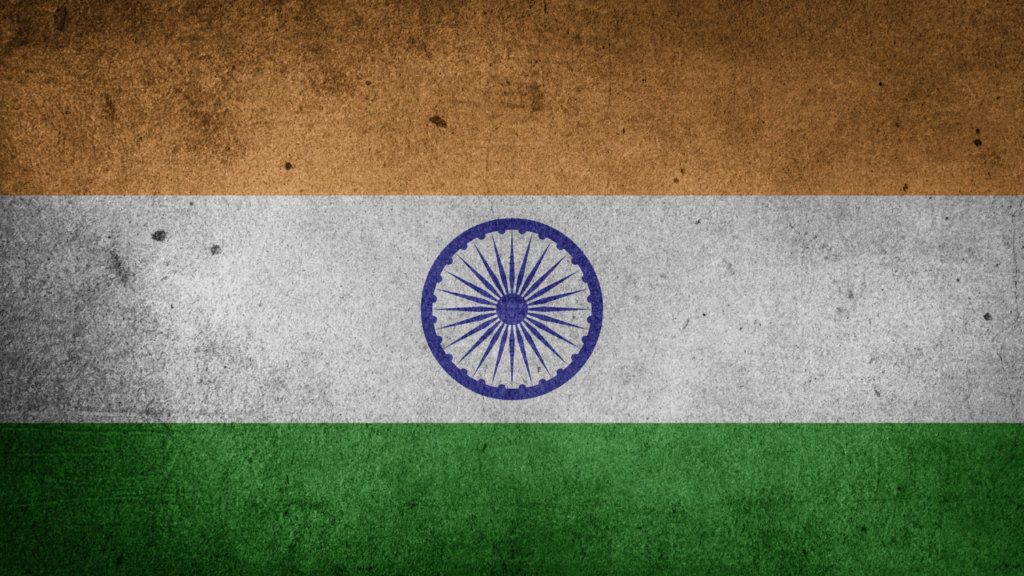
(FAQs) about the introduction of Islam to India:
Who brought Islam to India?
Islam was first introduced to India by Arab traders and merchants, but it began to spread more widely through invasions and conquests led by various Muslim rulers and dynasties.
When did Islam first arrive in India?
The earliest known contact between Islam and the Indian subcontinent dates back to the 7th century when Arab traders established trade connections with the western coast of India.
Which Muslim ruler played a significant role in the expansion of Islam in India?
The first prominent Muslim ruler to establish a foothold in India was Mahmud of Ghazni, who led multiple invasions into northern India in the late 10th century.
Were there any peaceful conversions to Islam in India?
Yes, there were instances of peaceful conversions to Islam in India, mainly through the influence of Sufi saints and scholars who attracted followers with their teachings and spirituality.
How did the Mughal Empire impact the spread of Islam in India?
The Mughal Empire, established by Babur in the early 16th century, played a significant role in the spread of Islam in India. Mughal rulers promoted religious tolerance, and many Hindus converted to Islam during their rule.
What were some major centers of Islamic influence in India?
Some of the major centers of Islamic influence in India included Delhi, Agra, Lucknow, and the Deccan region. These areas witnessed the flourishing of Islamic culture, art, and architecture.
Did the introduction of Islam to India lead to conflicts with other religions?
Yes, the spread of Islam in India did lead to conflicts and tensions with other religious communities, particularly with Hinduism. This sometimes resulted in religious and political conflicts.
How did the British colonial rule impact Islam in India?
: British colonial rule in India had a complex impact on Islam. While it allowed for religious freedom, it also played a role in fostering communal tensions that ultimately led to the partition of India in 1947, creating Pakistan as a separate Muslim-majority state.
Are there significant Muslim populations in India today?
Yes, India has one of the largest Muslim populations in the world.
What is the role of Islam in modern-day India?
Islam continues to be an integral part of India’s diverse cultural and religious landscape. Muslims in India contribute to various aspects of society, including politics, education, arts, and commerce, and they continue to practice their faith alongside other religious communities.
